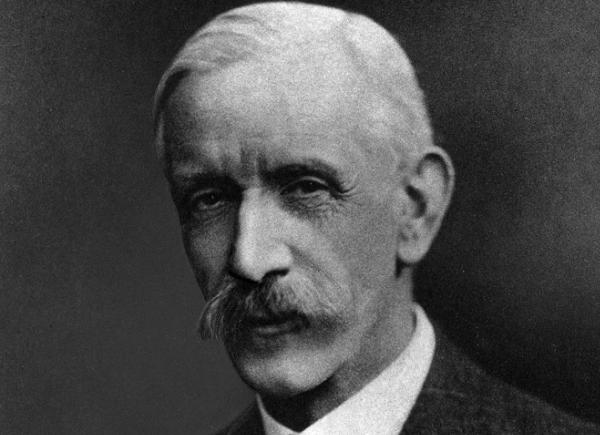Frederick Gowland Hopkins was an English biochemist who is best known for his discovery of vitamins, for which he shared a Nobel Prize with Christiaan Eijkman in 1929.

Early life
Frederick Gowland Hopkins was born in Eastbourne, England on June 20, 1861. His father died when he was a baby, so his mother had to raise him on her own, with a little help from her brother. From the early age Hopkins played with his father’s old microscope, and found it very interesting.
Education
However he was not really interested in this, so he left and took a job as an analyst in a commercial laboratory. He studied for an Associateship of the Institute of Chemistry, and was noticed by Dr. Thomas Stevenson, who asked him to become an assistant in his forensic laboratory at Guy’s Hospital. In 1888 he began a medical degree at Guy’s Hospital, where he later taught physiology and toxicology from 1894 to 1898.
Achievements
In 1898, when Hopkins was 37, he was invited by the Cambridge University to become a teacher and researcher. By the year 1912, Hopkins published his most famous work, demonstrating in a series of animal feeding experiments that diets consisting of pure proteins, carbohydrates, fats, minerals, and water fail to support animal growth. This led him to believe that unidentified substances exist, that are essential for animal growth. He called these substances “accessory food factors”, or as they were later renamed – vitamins. For this paper he received a Nobel Prize in Physiology or Medicine in 1929, which he shared with Christiaan Eijkman.
In 1914 Hopkins was made Cambridge’s first Professor of Biochemistry. He was at that position until his retirement in 1943.
Later life
From 1930 until 1935 he was a president of the Royal Society and in 1933 served as President of the British Association for the Advancement of Science. Frederick Gowland Hopkins died on May 16, 1947 in Cambridge, England.
Frederick Gowland Hopkins quotes
“The cell, too, has a geography, and its reactions occur in colloidal apparatus, of which the form, and the catalytic activity of its manifold surfaces, must efficiently contribute to the due guidance of chemical reactions. ”
“My main thesis will be that in the study of the intermediate processes of metabolism we have to deal not with complex substances which elude ordinary chemical methods, but with the simple substances undergoing comprehensible reactions… I intend also to emphasise the fact that it is not alone with the separation and identification of products from the animal that our present studies deal; but with their reactions in the body; with the dynamic side of biochemical phenomena. ”
